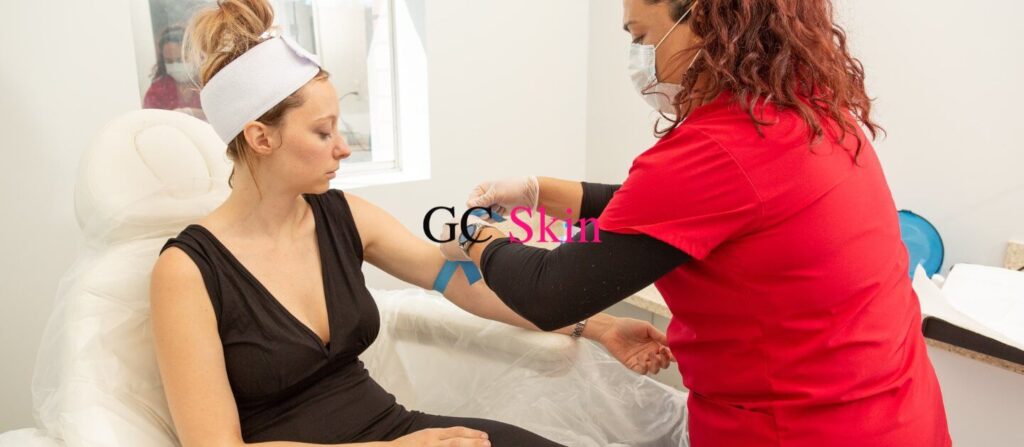Platelet-rich fibrin (PRF) is a platelet-rich product that has gained popularity in regenerative medicine for its potential to promote tissue repair and regeneration. Although PRF is a safe and minimally invasive procedure, there are some risks associated with its use. In this essay, we will explore the risks for PRF treatment, based on the available medical resources.
- Infection: Although PRF is obtained from the patient’s own blood, there is still a risk of infection during the collection or processing of the blood. Sterile technique should be used during the collection and processing of the blood to minimize this risk.
- Hematoma: PRF is obtained by drawing a small amount of blood from the patient and processing it through a centrifugation system. There is a risk of hematoma at the site of the blood draw or injection, especially if the patient is taking blood thinning medications.
- Allergic reaction: Although PRF is obtained from the patient’s own blood, there is still a risk of an allergic reaction to the local anesthetic or other medications used during the procedure. Patients with a history of allergies or sensitivities should inform their healthcare provider before the procedure.
- Pain: PRF is a minimally invasive procedure, but there may be some pain or discomfort associated with the blood draw or injection. Patients may also experience pain or discomfort during the healing process.
In conclusion, PRF is a safe and minimally invasive procedure, but there are still some risks associated with its use. Patients should inform their healthcare provider of any allergies or sensitivities and should be aware of the potential risks associated with PRF treatment. The outcomes of PRF treatment may vary, and patients should consider the availability and cost of the procedure before deciding on this treatment option.









